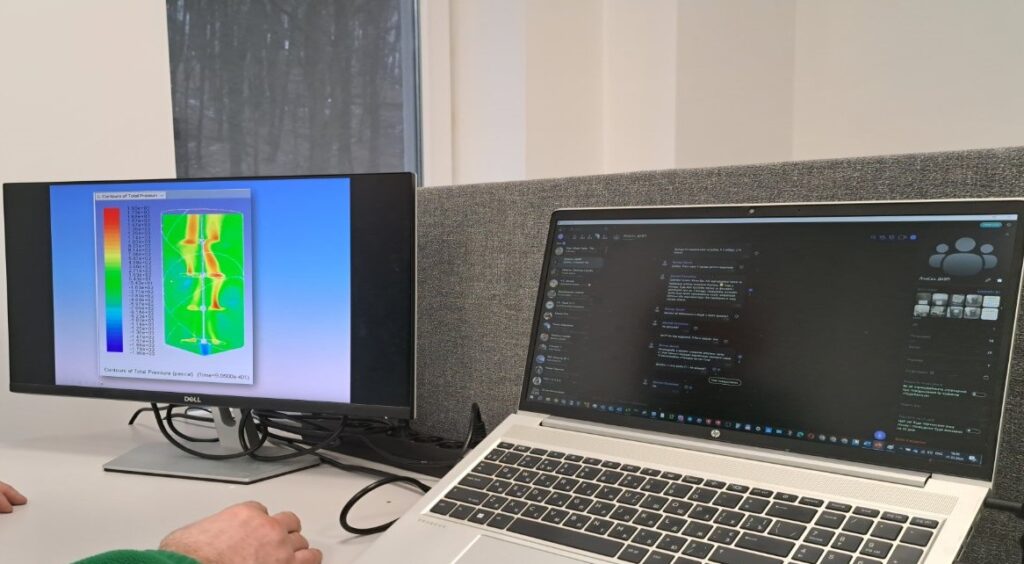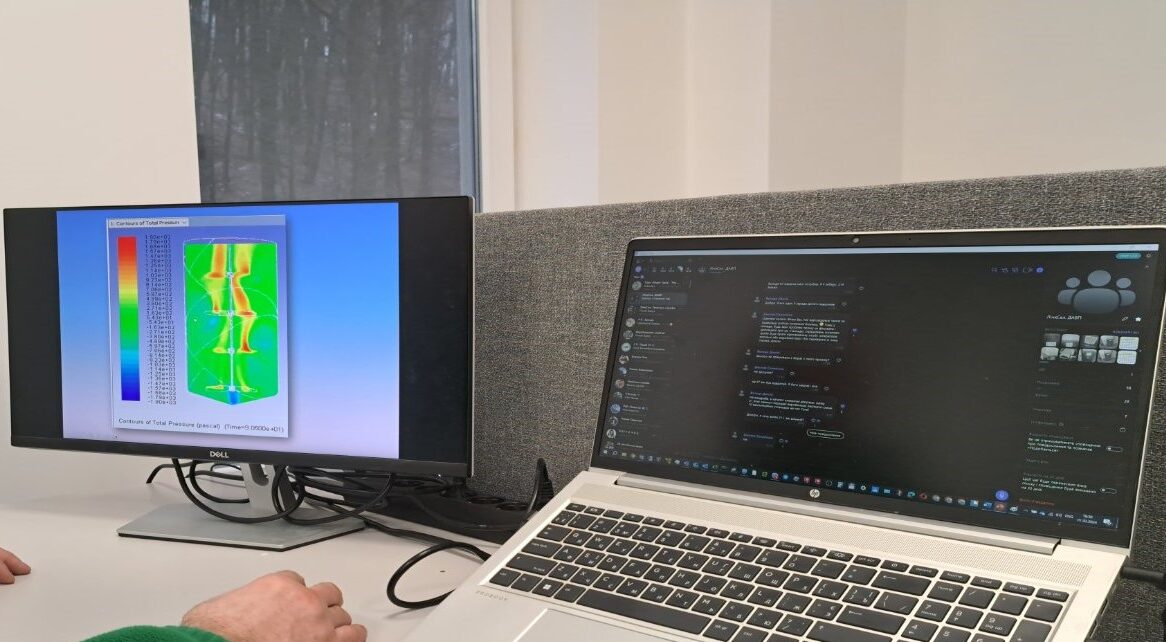Pharma and Medtech Slowly Embrace Computer-Aided Engineering
Author: M.Leshchiner
While other industries embraced computer-aided engineering (CAE) decades ago, the pharmaceutical and MedTech sectors have been slower to adopt these technologies.
One of the primary obstacles inhibiting the adoption of CAE in these industries is the complex regulatory landscape governing medical devices and pharmaceutical products. Regulatory bodies such as the U.S. Food and Drug Administration (FDA) and the European Medicines Agency (EMA) impose stringent standards and compliance requirements to ensure the safety, efficacy, and quality of products. As a result, companies proceed cautiously, navigating the intricate regulatory maze before fully embracing CAE.
Another significant barrier to the adoption of CAE in MedTech and Pharma is the inherent conservatism and risk-averse culture. Unlike sectors where rapid technological advancements are incentivized, these industries prioritize risk mitigation, and adherence to established protocols. The transition from traditional design and development methodologies to a more digitally-driven approach requires overcoming cultural inertia and challenging deep-rooted mindsets. Overcoming resistance to change, fostering a culture of innovation, and embracing new methodologies are essential prerequisites for accelerating the adoption of any new technology in medical industry.
However, the situation is changing and there is now a noticeable shift as these industries are finally beginning to embrace various modeling and simulation techniques. While the adoption of CAE in MedTech and Pharma may be slower compared to other industries, the potential benefits are undeniable. Enhanced innovation, accelerated development cycles, improved product quality, and cost savings are among the compelling incentives driving the adoption of computer-aided engineering and product development.
In recent years regulatory agencies also started playing a pivotal role in providing clearer guidelines and frameworks for the validation and certification of CAE tools, instilling confidence within the industry.
In conclusion, while the journey toward embracing CAE in medical filed is not without challenges, the rewards are well worth the effort. It is only a matter of time that CFD, FEA and other engineering modeling tools will become a staple in Pharma and MedTech.
The medical industry is starting to realize and recognize the value of computer-aided engineering tools. You can read more in the recently published article: mddionline.com/design-engineering/medtech-embraces-computer-aided-product-development
We at LMentary Engineering have been advocating for wider use of CAE in medical industry and we are happy to see it finally happening.




